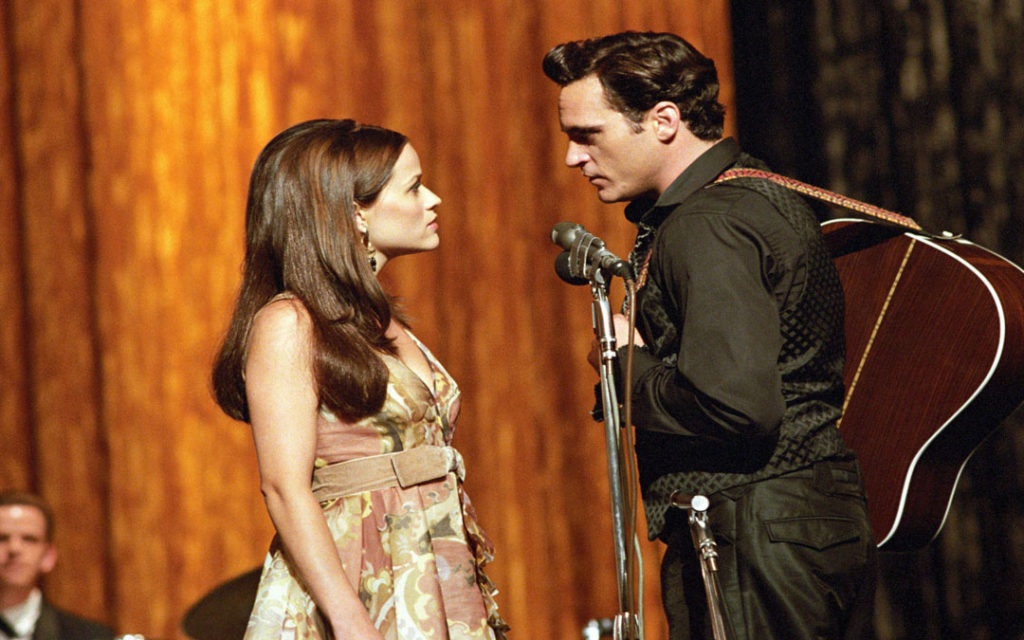5 Ways To Write a Modern Biopic
March 1, 2024
Hollywood has been producing biographical films or biopics since the earliest days of the movie business. Due to changing times and tastes, some film genres come and go with varying popularity in the screenwriting marketplace. With more and more focus on established intellectual properties (a.k.a. IP)— due to brand recognition—fewer films are being made based on original stories.
This is why many screenwriters break in by writing biopics.
You might not own the copyright on a Star Wars or Marvel character, but real-life or historical figures exist in the public domain. Nothing is stopping you from writing a screenplay about George Washington or Jimi Hendrix. Even if your spec script never sells or gets produced, it can be a writing sample to help you get assignment work (perhaps writing a biopic script for a production company).
Read More: 5 Ways Screenwriters Can Adapt to the Marketplace
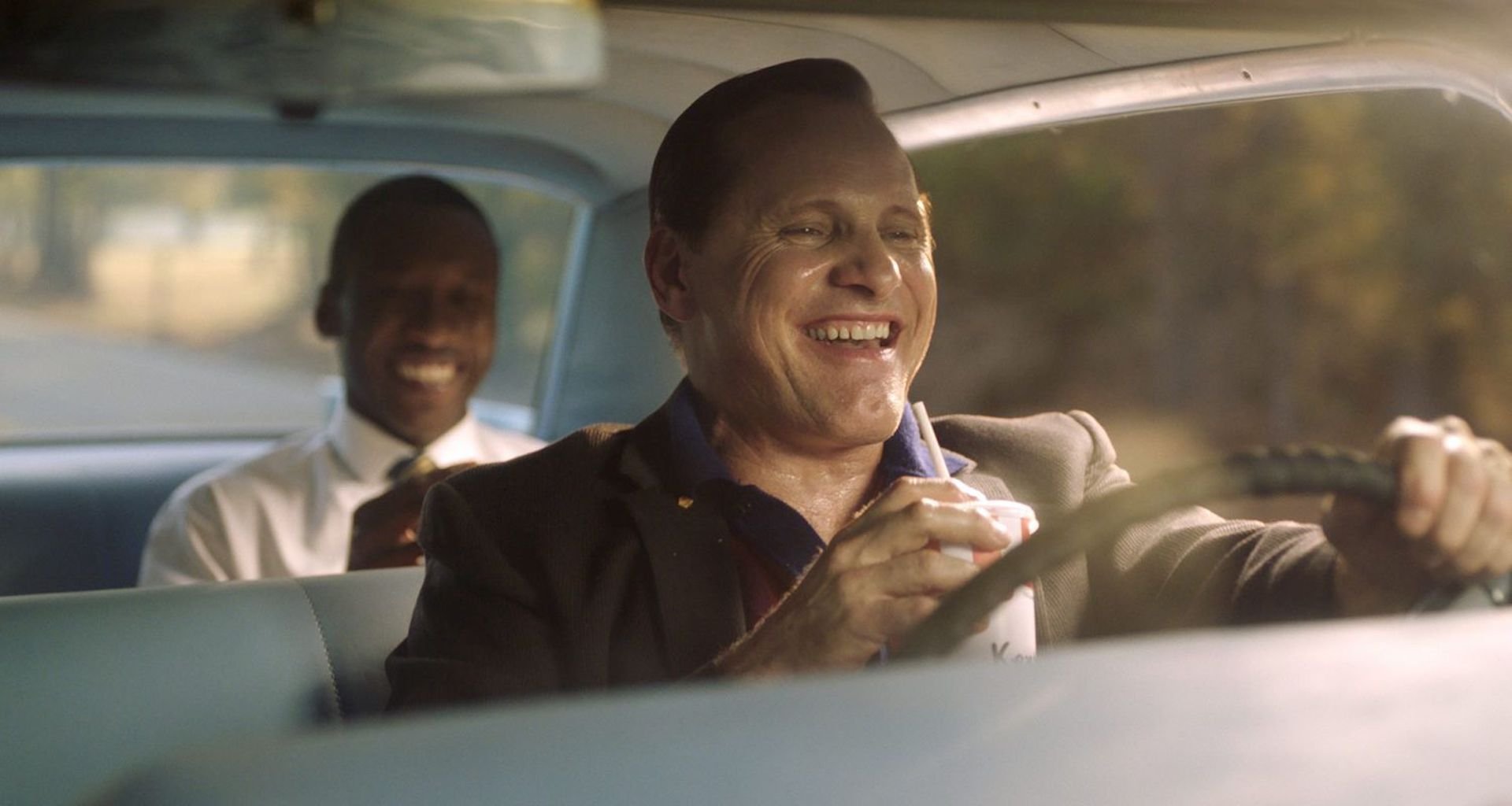
Biopics frequently rank highly on the Black List (an annual survey listing the industry’s most-liked unproduced scripts) and have created careers for many screenwriters.
In a constantly changing marketplace, biopics are one of the safest bets for an aspiring screenwriter. If you’re writing about a public or historical figure that many readers know or are interested in, you’ve got some initial buy-in, which is always a good thing.
However, even though biopics are a mainstay of the screenwriting marketplace, changing tastes and new storytelling approaches might play a role in the reception of your script. A biopic with a fresher and more modern style will be a well-received waiting sample, and it’ll have a greater chance of becoming a produced film or series.
Below are five ways to write a modern biopic!

Avoid a Cradle-to-Grave Narrative
In the past, many biopics followed a cradle-to-grave structure: they covered the majority of the central character’s life from childhood to adulthood, showing all the major events and turning points. Cradle-to-grave was a popular approach for decades, reflected in many biopics from The Glenn Miller Story to The Aviator. However, this approach has become less popular in the industry.
These days, studios, producers, and fanciers are looking to spend less on original or non-franchise films than ever before (with a few exceptions like Ridley Scott’s highly expensive Napoleon). As a result, it’s generally a smart idea to be mindful of the budget when writing. Budgetary conservatism is one reason many modern biopics have a tighter focus than the classic cradle-to-grave biopics of yesteryear.
The cradle-to-grave structure is also generally considered old-fashioned and superfluous in an era in which people have biographical information at their fingertips thanks to the internet and various cable and streaming platforms. We can watch a documentary or read up on our favorite public figures anytime.
These days, your average viewer demands something a little less informative and a little more emotional to hook them in. As a result, many biopics have a tighter, character-driven focus.
Take a cue from modern biopics like Jackie, Judy, and Spencer. All these films are focused on a specific period or event in their subject’s life and tell emotional and intimate stories.
Read More: 5 Steps for Developing Great Characters
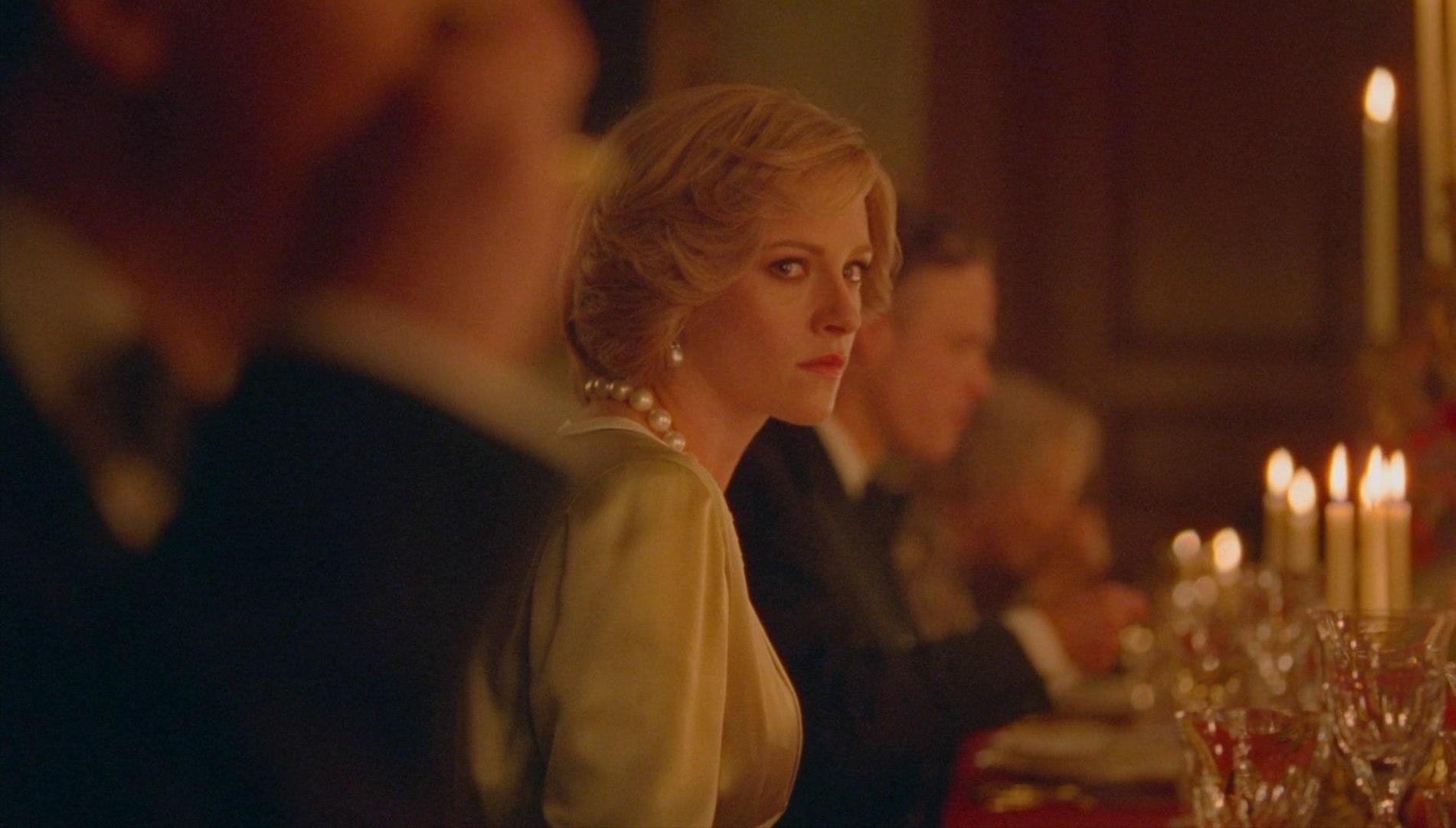
Know the Primary Through Line and Character Arc
Even though it’s a true story, the biopic you’re writing should be like a fictional story. This means a dramatic character arc should still be applied, and there should be a clear thematic and emotional through line. You’re not merely telling us the facts of your subject’s life. Instead, you’re diving into the psychology of your subject and exposing the real person behind the public figure, including all of their vulnerabilities and internal conflict.
Whether it’s J. Robert Oppenheimer’s conflict over the destructive force he created in Oppenheimer or Princess Diana’s existential crises over her unhappy marriage to Prince Charles in Spencer, modern biopics are usually interested in what’s going on beneath the surface.
You should know your subjects as well as the character you created and clearly define what their major conflict is (e.g., Oppenheimer and Diana’s above-noted conflicts), what their biggest challenge is (e.g., Abraham Lincoln’s effort to abolish slavery in Steven Spielberg’s Lincoln), and what their main goal is (e.g., Rudy Ray Moore making an independent film for urban audiences in Dolemite Is My Name). Think of this as your script’s logline in the same way you would if it were a fictional concept.
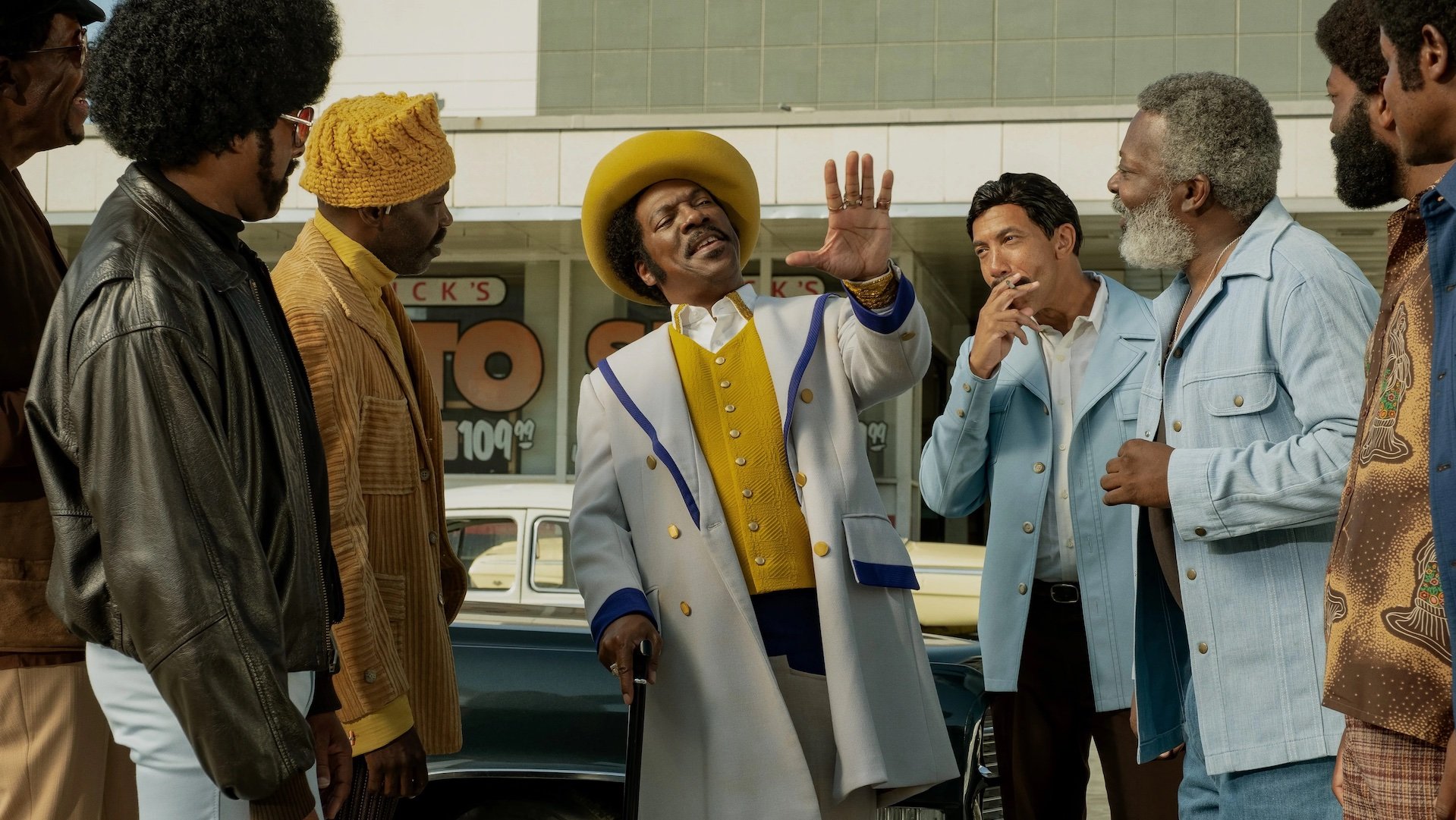
Find a Unique Point-of-View
Even if your script tells the story of a famous person, it doesn’t necessarily need to be from that character’s point of view. As is the case with many familiar stories, sometimes a different point-of-view will make your script fresher and less familiar.
It can be an outsider briefly interacting with an icon (My Week with Marilyn) or someone close to a noteworthy person, like Sophia Coppola’s Priscilla, in which we can see a more human and intimate glimpse of the icon. If there’s a conflict or ironic contrast involving these two individuals, even better. For example, we have seen numerous biopics about serial killers over the years. But a film like Extremely Wicked, Shockingly Evil, and Vile (based on a spec script that made the Black List) took a different approach by focusing on the long-time girlfriend of Ted Bundy.
The Hulu series Pam & Tommy eventually focused on its famous subjects, with the entry-point of the story through a peripheral character's point of view: carpenter Rand Gauthier who was working at the famous couple’s home and ends up stealing the notorious sex tape. This was an effective way to enter the world of Pamela Anderson and Tommy Lee because, initially, Gauthier is a more relatable character.
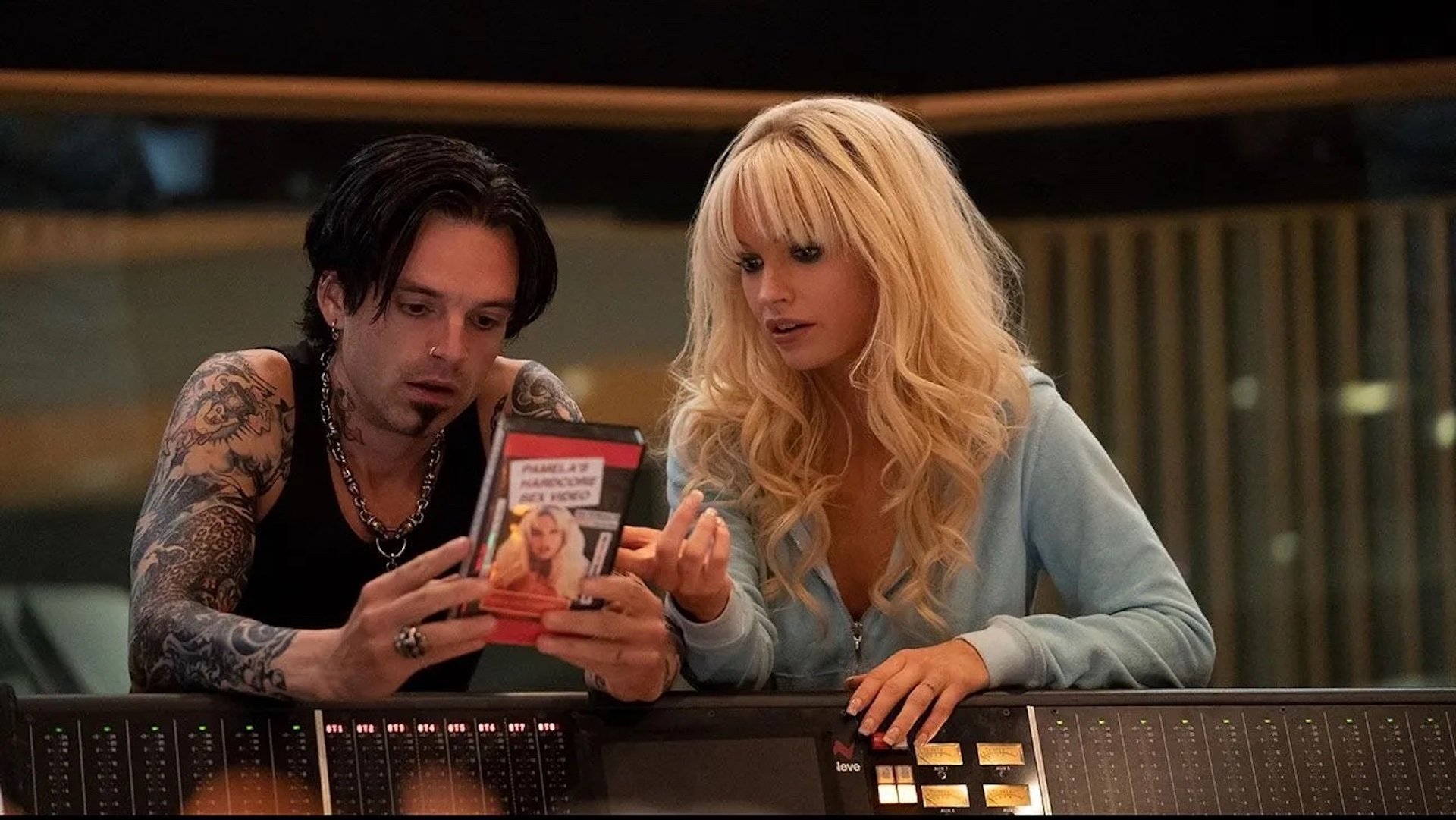
Work Within a Modern/Topical Context
A question that’s often asked in development circles is: Why this story and why now? The most iconic and universally known figures are from the past, and their legacy is cemented in the public consciousness. However, you can still make your script topical even if it takes place decades or even centuries ago. The way to do this is by thematically drawing parallels between your subject and current events.
The parallels don’t have to be explicit. However, if you’re dealing with a subject that’s still frequently discussed (e.g., racism, sexism, economic inequality, political corruption, etc.), your script will likely be considered relevant to people today. It doesn’t matter if it’s a queen’s court in the 16th Century (e.g., The Favourite) or a more recent Presidential Cabinet (e.g., Vice), the behind-the-scenes political jockeying is the same. History is often circular.
Find the universal truth in you’re writing regardless of the time period or location, and focus on it.
Read More: How To Write a Topical Screenplay
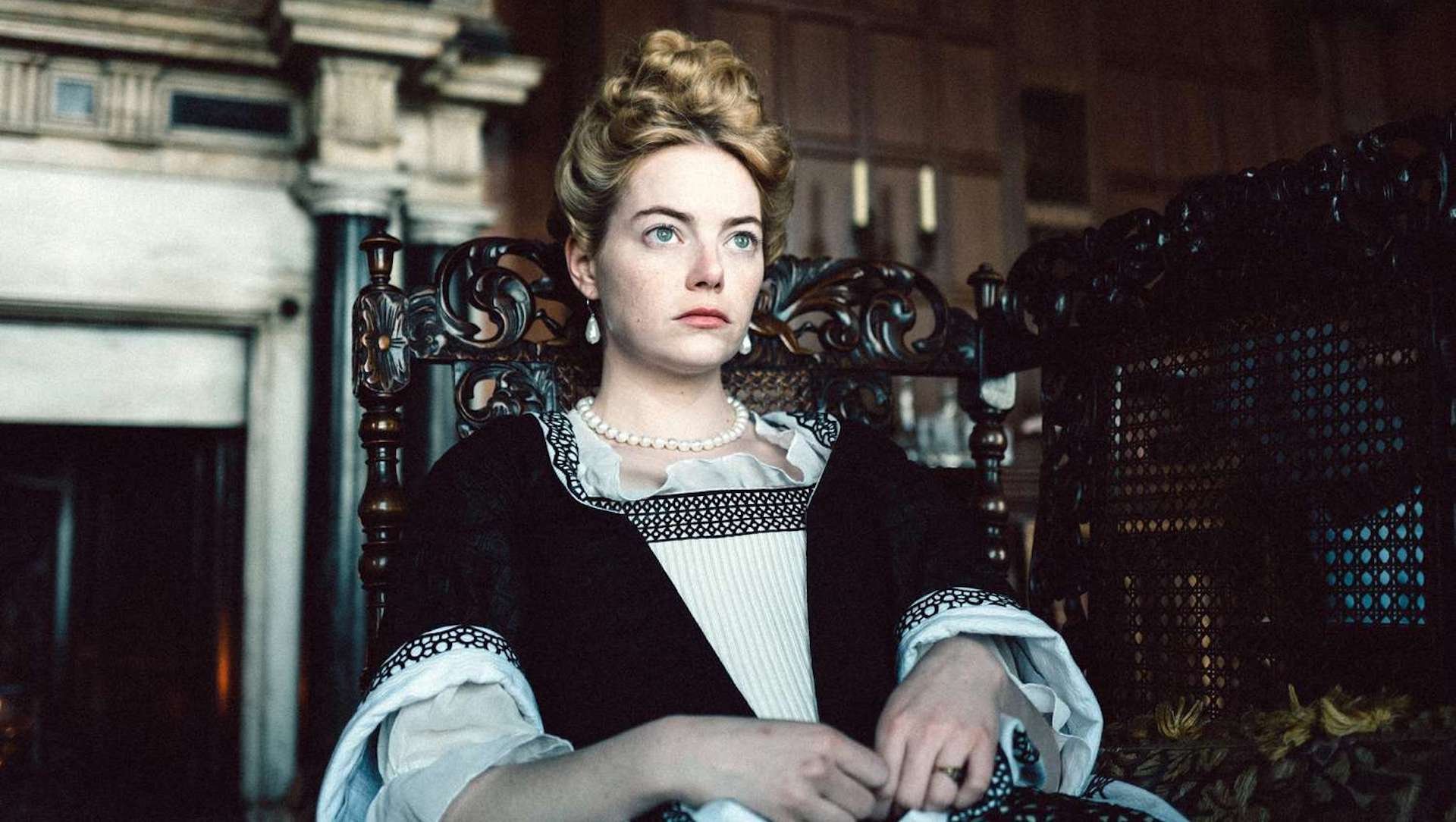
Embrace an Unorthodox Story or Approach
As written above, Hollywood has produced biopics since the earliest days of the movie business. They can be overly familiar to managers, agents, and script readers. This is why a script needs to be as fresh as possible. You can achieve this by embracing an unorthodox story.
In recent years, biopics have covered everything from a bizarre filmmaker of a cult-loved “bad movie” (The Disaster Artist) to the man responsible for fast food chains in America (The Founder). These are stories people hadn’t read or seen before, and, as a result, they got produced.
If your story is familiar or it’s about a person who had previous films made about them, the approach needs to be unorthodox. Love it or hate it, lots of people were talking about last year’s Blonde (Netflix’s highly controversial Marilyn Monroe biopic), and no one could say it was “by the numbers.”
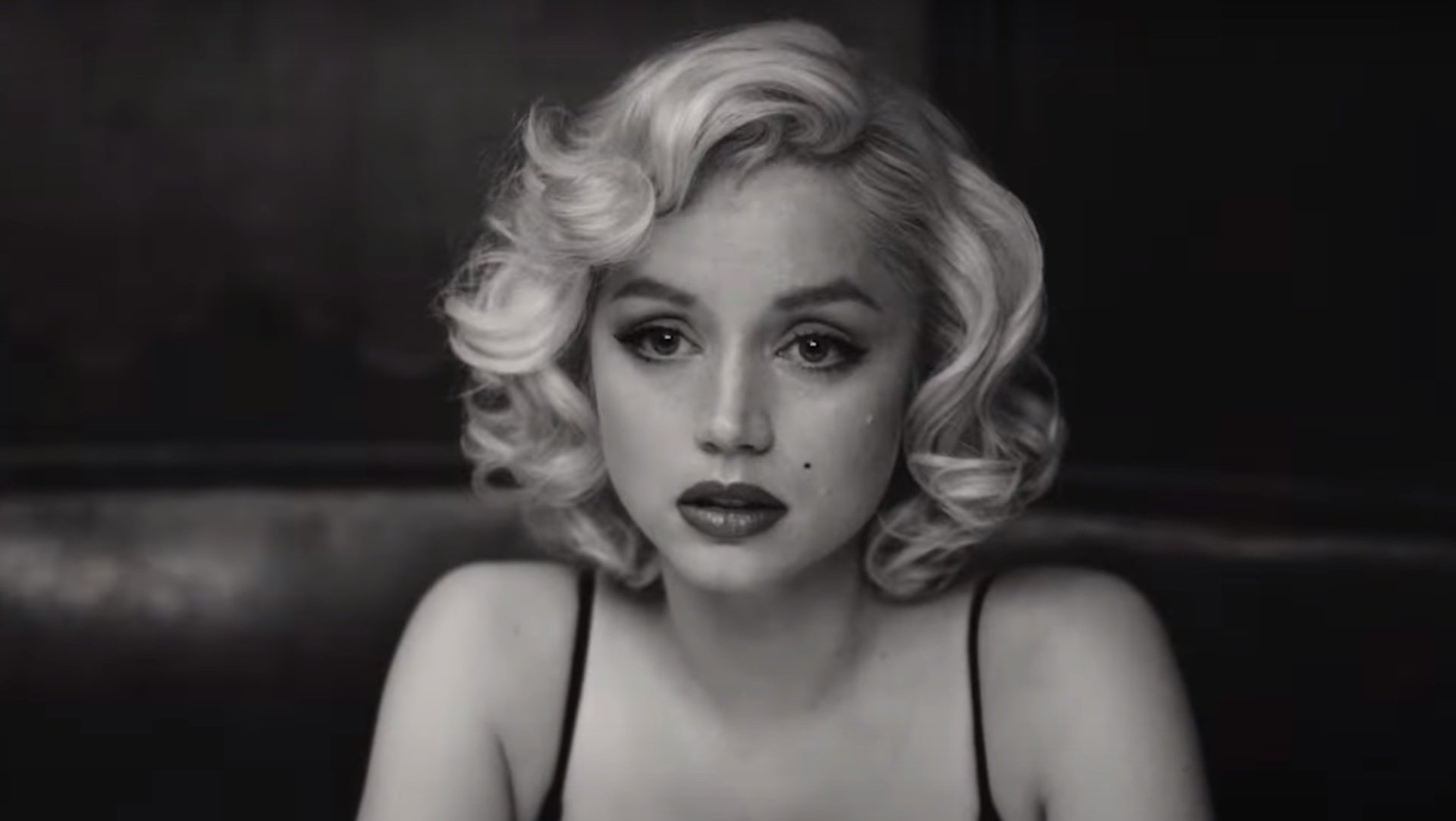
Don’t be afraid to take chances and maybe even be experimental. There are many ways to tell a story, and using an unorthodox approach can make the familiar appear less familiar.
Maybe your biopic can have a nonlinear narrative (e.g., Jackie, Oppenheimer), or the characters can break the fourth wall (e.g., The Big Short, I, Tonya), or you can add a personal spin to your subject and inject your voice as a writer into your screenplay. Never put limitations on yourself if you’re writing about a real-life person.
Yes, it’s their story.
But it’s also yours.
Read More: 5 Ways Screenwriters Can Adapt to the Marketplace
Written by: Edwin Cannistraci
Edwin Cannistraci is a professional screenwriter. His comedy specs PIERRE PIERRE and O’GUNN both sold with more than one A-list actor and director attached. In addition, he’s successfully pitched feature scripts, TV pilots and has landed various assignment jobs for Universal, Warner Bros, Paramount and Disney.- Topics:
- Screenwriting & Craft


